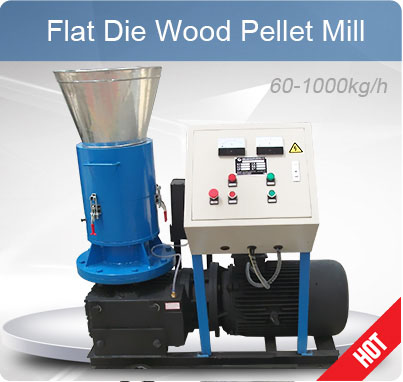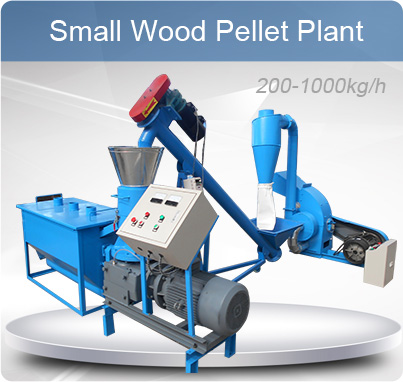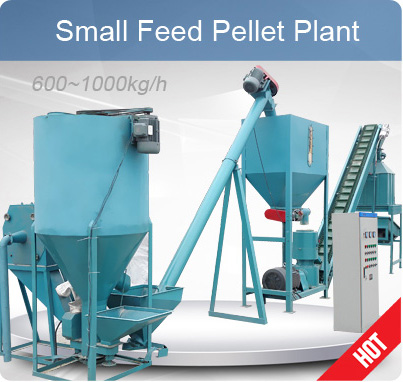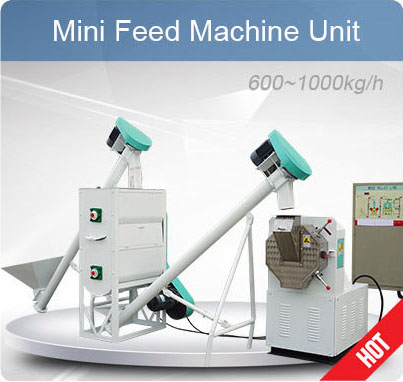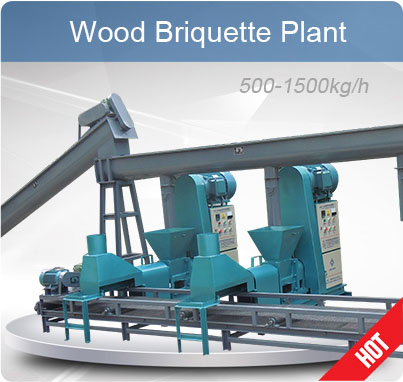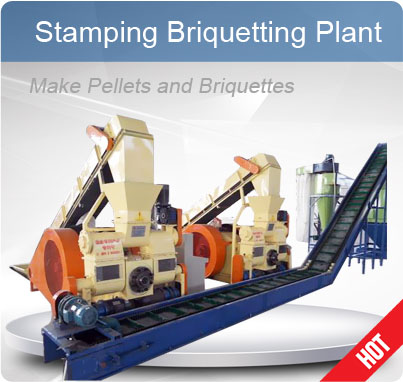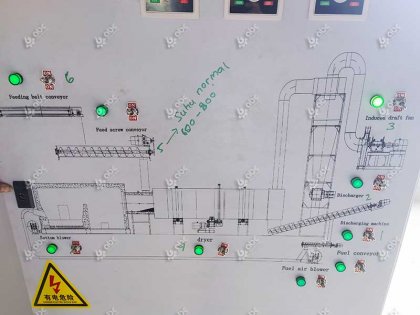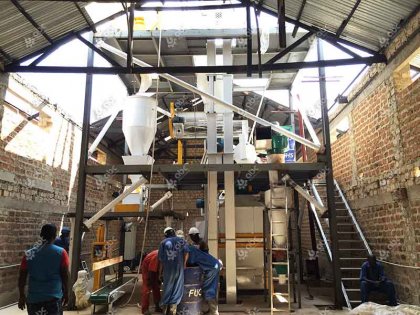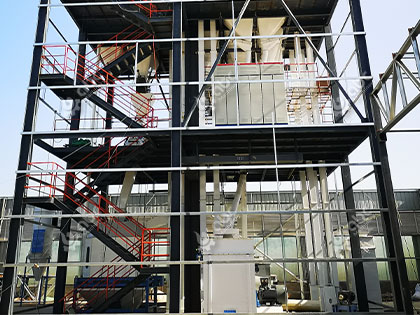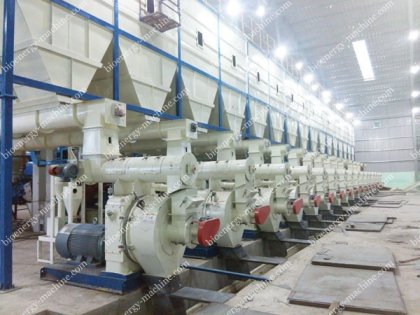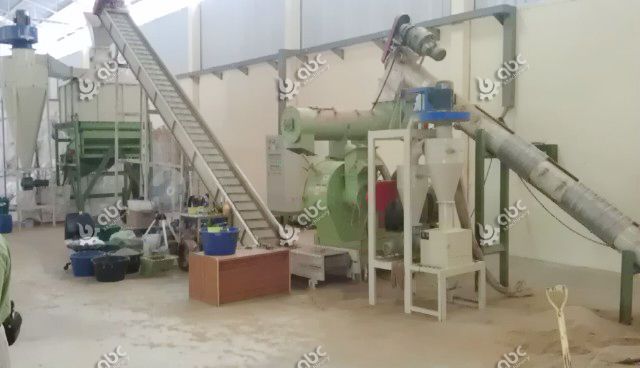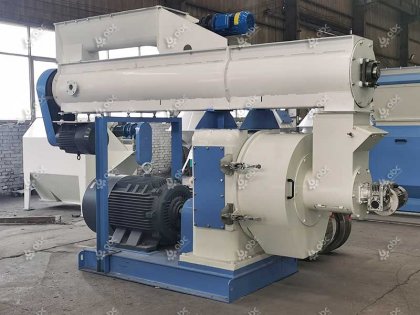- Pellets Making Testing Time: Oct. 31st, 2018
- Purpose: making municipal solid refuse into fuel pellets
- Which equipment is used to make municipal solid refuse into fuel pellets: ZLSP300B R-type biofuel pellet mill
On Oct. 31st, 2018, ABC Machinery made pelletizing test for our client from Southeast Asia. He wants to make the municipal waste refuse into fuel pellets to fully make use of the refuse and reduce environmental pollution.
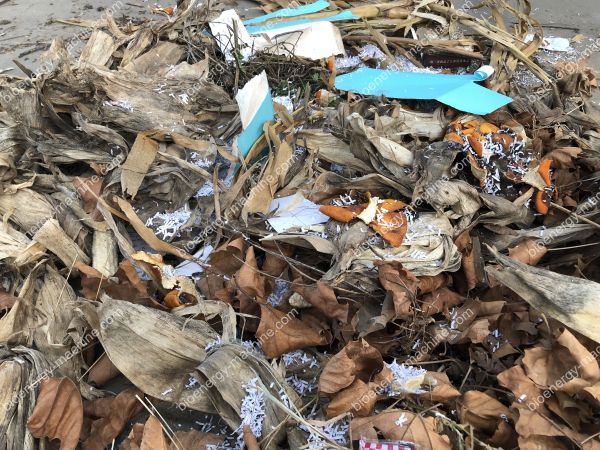
Crushing municipal solid refuse
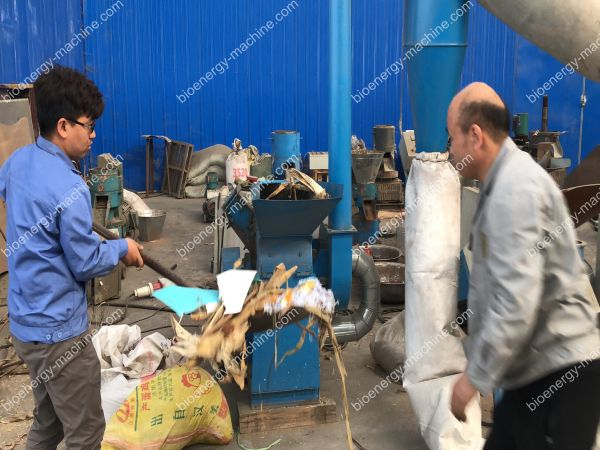
After crushing, moisture content is OK (The raw material has been air-dried for a week)
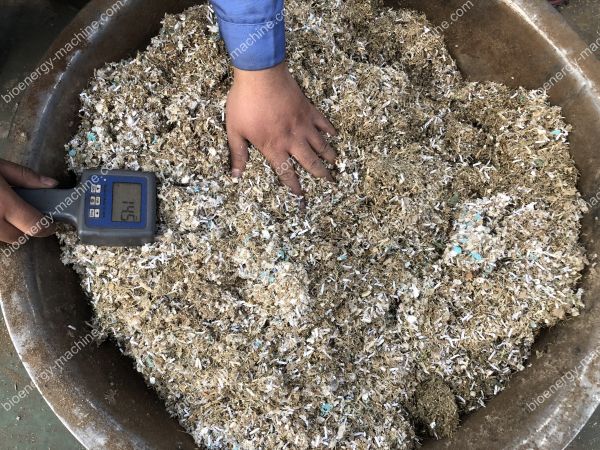
Municipal solid refuse pelletizing
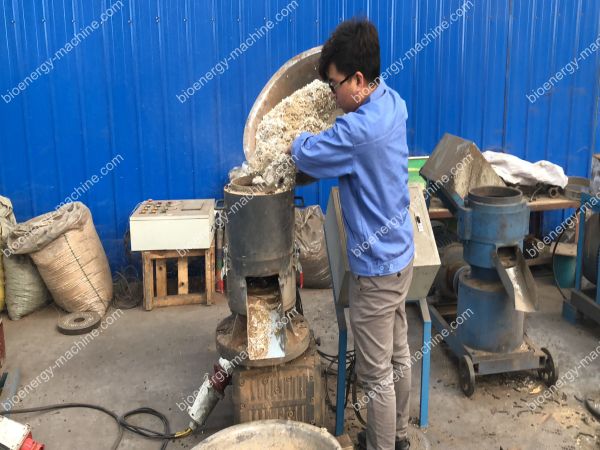
Municipal solid refuse pellets
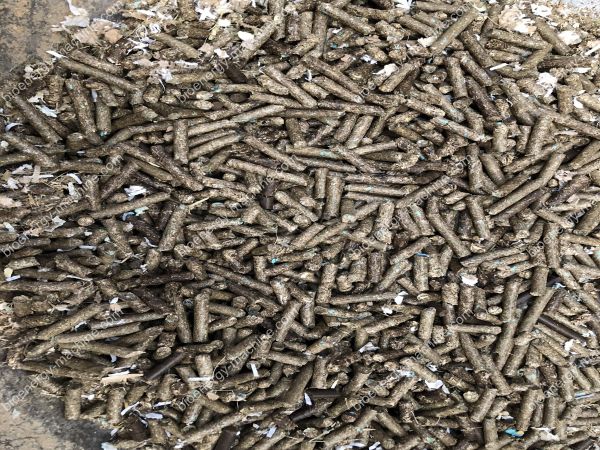
MAKING MUNICIPAL WASTE REFUSE INTO FUEL PELLETS
Municipal waste refuse also known as garbage consist of everyday waste disposed by institutions, households or industries. It includes food, plastic bags, bottles or anything else disposable.
MWR has poor fuel characteristics and its pre-processing is necessary to improve characteristics such as storage and handling, consistency, combustion behavior and its calorific value.
The Purpose of Making Municipal Waste Refuse into Fuel Pellets
The conversion of this solid waste is an alternative to an environmentally clean environment. Waste disposal has been a problem to many governments the alternative of changing waste to fuel pellets is the solution to waste management. New and existing power plants globally have shown their interest in refuse derived fuel (RDF). MSW is a problem for most municipalities in the world. Manchester in the UK has already funded a firm to produce RDF and there are other cities in the world have also started to embrace this new innovative technology for waste disposal.
Benefits of RDF
- Environmental benefits
- Economic benefits
The sale of biomass and the reduced cost of waste disposal in turn benefits locals in rural and urban areas. This is a major economic benefit to society in times of high energy usage. In this process of processing and transportation the government is able to offer jobs.
- Resource conservation benefits
- Alternative management
The process of making municipal waste refuse pellets
•PRE-SHREDERFirst the waste is treated in a pre-shredder and magnetic separator.
•BALLISTIC SEPERATOR
In the separator the low calorific waste are separated. The remaining waste is sorted as metal and non-metal.
•CRUSHER
The non-metal wastes are then sent to the crusher where they are crushed to the appropriate size for cement production. The fuel produced is RDF.
The moisture and calorific value are the most important factors in fuel production. They are then measured and decreased by drying before being fed to the cement kiln.
Conclusion
Governments are now adapting to this criteria in conversion of MSW to RDF. Due to its economic, conservation and environmental benefits this is the future of fuel pellets production. RDF can be used in industries and currently recommended for use in the cement industry. To save energy and reduce harmful emissions plants are adapting and processing RDF.


